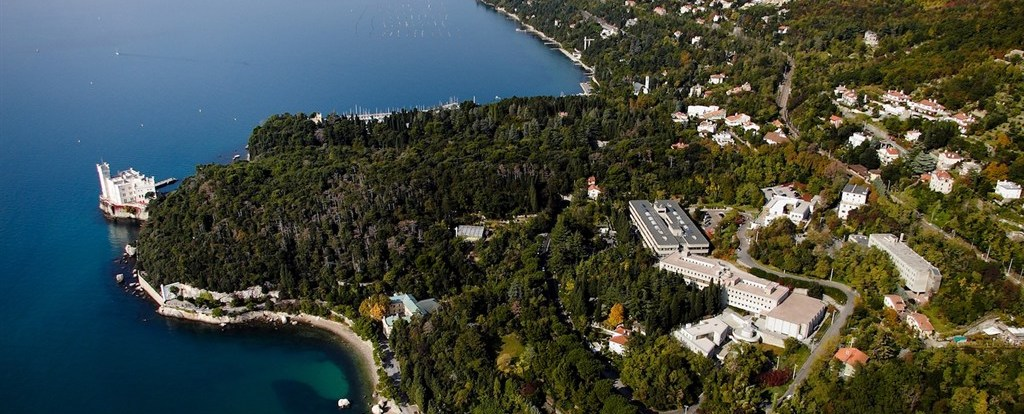Speaker
Description
We analyze the formation of the redshifted hyperfine structure line 21-cm of hydrogen atoms in Dark Ages at 50≤z≤500 in the different cosmologies. To study its dependence on the values of cosmological parameters and physical conditions in the intergalactic medium, the evolution of the global (sky-averaged) differential brightness temperature in this line was computed in standard and non-standard cosmological models with different parameters. The standard ΛCDM model with post-Planck parameters predicts a value of the differential brightness temperature in the center of the absorption line δTbr≈35 mK at z≈87. The frequency of the line in the absorption maximum is 16 MHz, the effective half-width of the line is 17 MHz. The depth of line is moderately sensitive to Ωb and H0, weakly sensitive to Ωdm, and insensitive to other parameters of the standard ΛCDM model. But line is very sensitive to the additional mechanisms of heating or cooling of baryonic matter during the Dark Ages, so it can be a good test of non-standard cosmological models. In the models with decaying and self-annihilating dark matter, as well as with a primordial stochastic magnetic field, the temperature of baryonic matter in this period is higher if the larger is the fraction of these energy components of dark matte and magnetic field strength. The absorption line becomes shallower, desappers and transitions to emission at values of the component parameters lower than the upper limits on them following from the current observational data on the Big Bang nucleosynthesis, CMB temperature and polarization fluctuations, and formation of galaxies.

